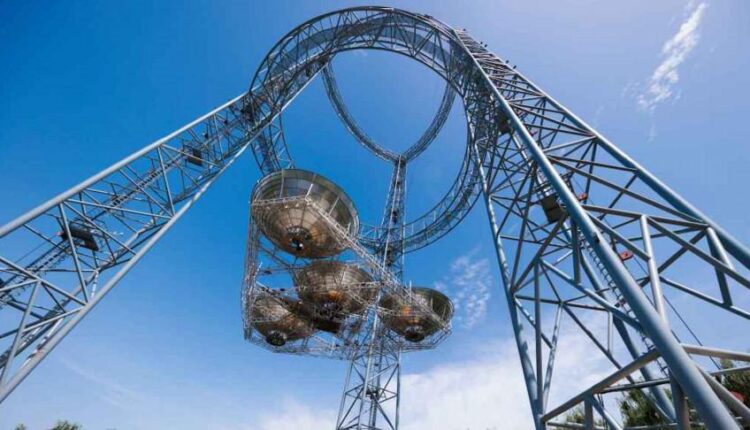©2021 Reporters Post24. All Rights Reserved.
Emerging solar power system: Space-based solar power system could provide a solution to the world’s energy woes.
Much like with nuclear fusion, though, great uncertainty remains over development costs and deadlines.
Still, the world is now one step closer to seeing operational space-based solar energy as scientists from China’s Xidian University completed testing and inspection on a ground array built to collect space-based solar power.
They conducted a successful test of the “world’s first full-link and full-system solar power plant” on June 5, according to a press statement from the university.
The space-based solar power plant is a 246-feet-tall (75 meters) steel tower built on Xidian University’s southern campus.
Space-based solar power could harvest energy 24/7
In theory, the Xidian University power plant will connect to orbital satellites that will harvest solar power 24/7 due to their geostationary orbits, before beaming that energy down to Earth via high-frequency microwave beams. The power plant will feature five different subsystems aimed at developing space-based solar power arrays.
Space-based Emerging solar power system has great potential as it can collect energy continuously while sidestepping common problems such as bad weather and waiting for daybreak. However, hurdles do remain, such as assessing the effects of a high-frequency energy beam on communications, air traffic, and the well-being of nearby residents.
Xidian University’s new ground station is part of a space-based solar power proposal called OMEGA, which stands for Orb-Shape Membrane Energy Gathering Array. The project was first proposed in 2014 by Duan Baoyan from the Xidian University School of Electromechanical Engineering and his colleagues.
China’s space-based solar power project is three years ahead of schedule
In 2012, NASA announced a similar project to China’s OMEGA called SPS-ALPHA (Solar Power Satellite via Arbitrarily Large Phased Array).
On its website, NASA says that, if successful, SPS-ALPHA “will make possible the construction of huge platforms from tens of thousands of small elements that can deliver remotely and affordably 10s to 1000s of megawatts using wireless power transmission to markets on Earth and missions in space.”
China’s OMEGA project, meanwhile, has successfully transmitted energy wirelessly as microwaves over a distance of approximately 180 feet (55 meters).
This capability puts the project three years ahead of its original schedule, the university says in its press release. Still, Baoyan concedes that a lot of work is still required, and fully operational space-based solar power could still be years away.
If and when it does come, will it be too late for a world that needs to cut its reliance on fossil fuels dramatically?


